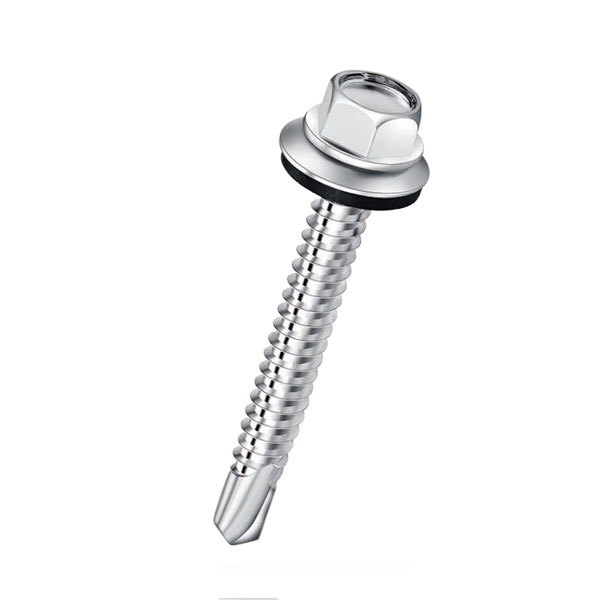Standard Flat Washer Dimensions Guide for Various Applications and Specifications
Understanding Standard Flat Washer Dimensions A Comprehensive Guide
Flat washers are simple yet essential components used in a variety of mechanical and engineering applications. Their primary function is to distribute load, protect surfaces, and prevent loosening of fasteners. Understanding the dimensions and specifications of standard flat washers is crucial for engineers, DIY enthusiasts, and manufacturers alike.
What is a Flat Washer?
A flat washer is a thin, disc-shaped piece of material with a centrally located hole that allows it to be positioned around a bolt or screw. Made typically from metal, rubber, or plastic, flat washers come in various sizes and thicknesses, each designed to serve specific purposes in different applications.
Standard Dimensions
When we talk about standard flat washer dimensions, we refer to specific measurements that conform to established standards set by organizations such as the American National Standards Institute (ANSI) and the International Organization for Standardization (ISO). These dimensions include the inner diameter (ID), outer diameter (OD), and thickness (T).
1. Inner Diameter (ID) This measurement corresponds to the size of the hole in the center of the washer. The ID should be slightly larger than the diameter of the bolt or screw it will accompany, allowing for easy placement while providing sufficient support.
2. Outer Diameter (OD) The OD is the total width of the washer, which provides the surface area needed to distribute the load effectively. The OD must be large enough to prevent the washer from pulling through the material and to protect the surface beneath from damage.
3. Thickness (T) The thickness of the washer influences its ability to withstand forces and stresses. Thicker washers tend to provide better load distribution and can help prevent deformation.
standard flat washer dimensions quotes

Common Standards and Sizes
The most commonly used standard for flat washers is ANSI B18.22.1, which specifies the dimensions and tolerances for various types of flat washers. These washers are often categorized by their materials, such as stainless steel, carbon steel, and plastic, each having different strength and corrosion resistance characteristics.
- Metric Sizes For international standards, ISO 7089 and ISO 7090 provide guidelines for metric flat washers. These are typically measured in millimeters, with common sizes including 3mm, 4mm, 5mm, and up to 20mm diameters.
- Imperial Sizes In countries using the imperial system, sizes like 1/4”, 3/8”, and 1/2” are prevalent, with corresponding OD and thickness dimensions as specified by ANSI standards.
Applications and Importance
Flat washers are extremely versatile and find applications in automotive, construction, electronics, and furniture assembly industries. They prevent bolt and screw loosening caused by vibrations and help maintain structural integrity by distributing stress over a larger area.
Choosing the correct flat washer is vital. Using an incorrect size can lead to equipment failure or damage. Thus, it's important to reference manufacturer specifications and industry standards when selecting flat washers for your projects.
Conclusion
In summary, understanding standard flat washer dimensions is key to their effective use across various applications. With their ability to prevent loosening of fasteners and protect surfaces, flat washers are indispensable components in many mechanical designs. By adhering to established standards, one can ensure the reliability and longevity of assembled structures, making knowledge of flat washer dimensions not only useful but essential in any engineering or mechanical context.
-
Top Choices for Plasterboard FixingNewsDec.26,2024
-
The Versatility of Specialty WashersNewsDec.26,2024
-
Secure Your ProjectsNewsDec.26,2024
-
Essential Screws for Chipboard Flooring ProjectsNewsDec.26,2024
-
Choosing the Right Drywall ScrewsNewsDec.26,2024
-
Black Phosphate Screws for Superior PerformanceNewsDec.26,2024
-
The Versatile Choice of Nylon Flat Washers for Your NeedsNewsDec.18,2024










